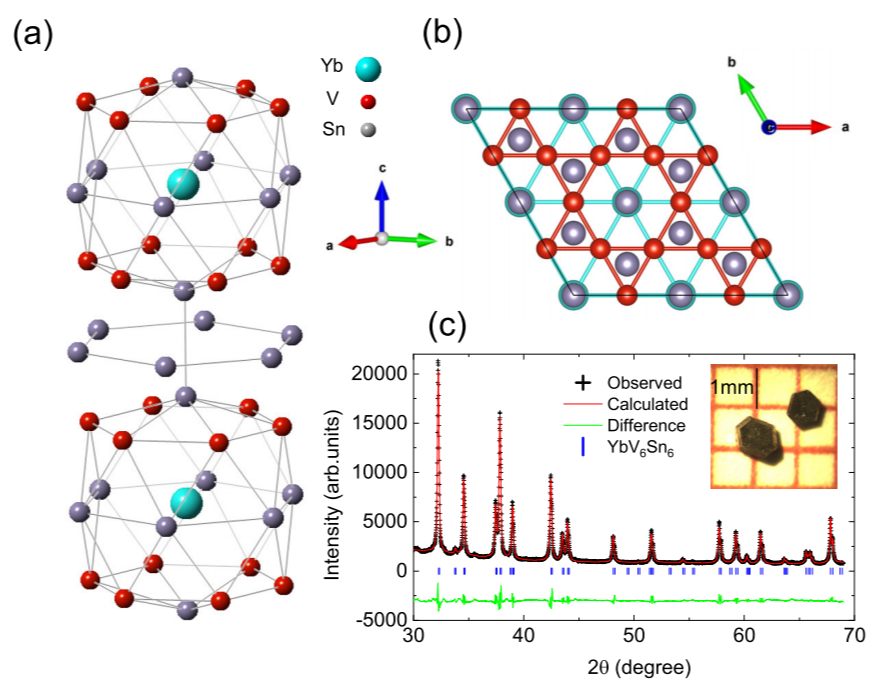
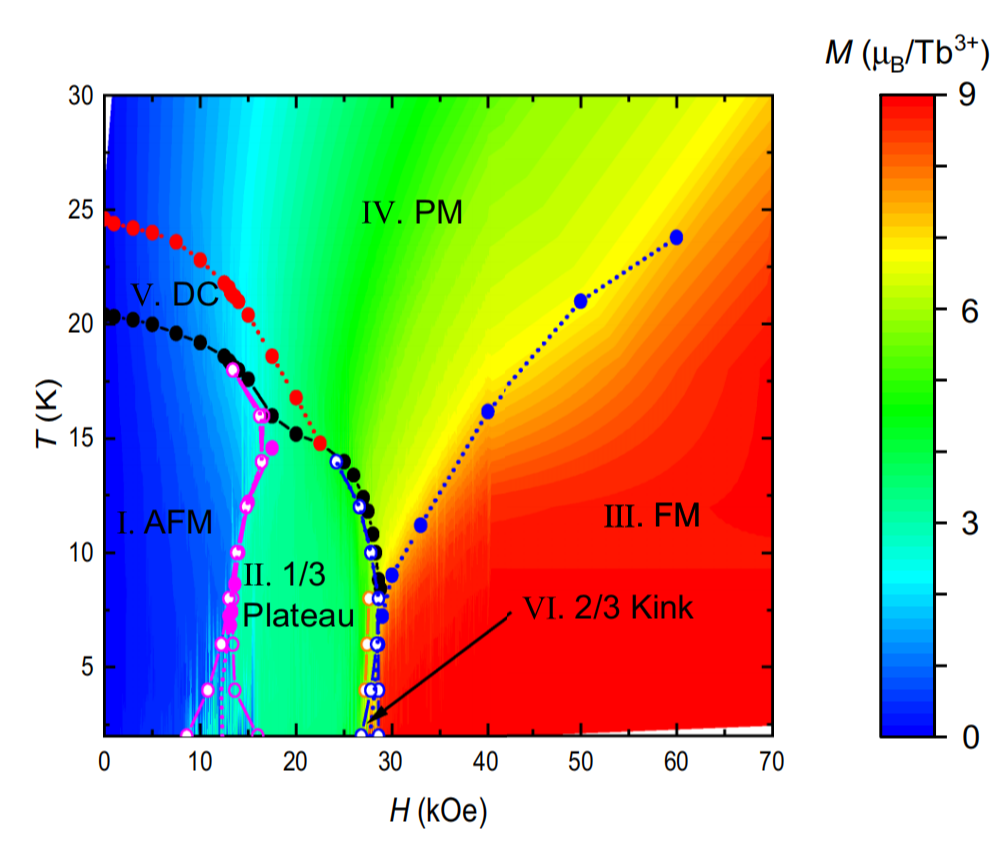
We report the magnetic properties of newly synthesized single crystals of TbTi₃Bi₄, featuring alternating terbium-based zigzag chains and titanium-based kagome lattices. The compound exhibits extreme easy-axis magnetic anisotropy due to crystalline-electric-field effects that align Tb³⁺ moments along the chain direction. Combined strong single-ion anisotropy and competing magnetic interactions lead to quasi-one-dimensional Ising behavior with antiferromagnetic ordering at Tₙ = 20.4 K. Applied magnetic fields along the chain direction induce multiple metamagnetic transitions between 1/3 and other magnetization plateaus. We construct a field-temperature phase diagram and elucidate the complex magnetic structures arising from frustration. [Phys. Rev. B 110, 064416 (2024)] ![]() PhysRevB.110.064416.pdf
PhysRevB.110.064416.pdf
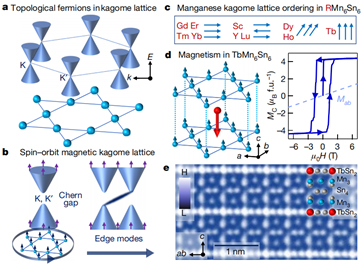
The quantum-level interplay between geometry, topology and correlation is at the forefront of fundamental physics. Kagome magnets are predicted to support intrinsic Chern quantum phases owing to their unusual lattice geometry and breaking of time-reversal symmetry. However, quantum materials hosting ideal spin-orbit-coupled kagome lattices with strong out-of-plane magnetization are lacking. Here, using scanning tunnelling microscopy, we identify a new topological kagome magnet, TbMn6Sn6, that is close to satisfying these criteria.Nature, 583, 533-536 (2020). PDF Download
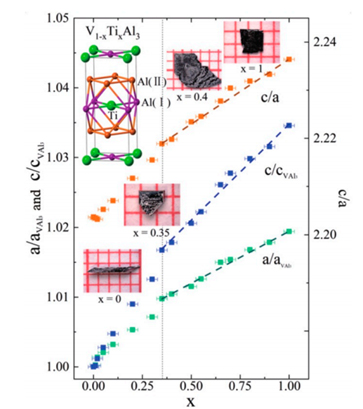
Topological electrons in semimetals are usually vulnerable to a chemical doping and environment change, which restricts their potential application in future electronic devices. In this paper, we report that the type-II Dirac semimetal VAl3 hosts exceptional, robust topological electrons which can tolerate extreme change of chemical composition. The Dirac electrons remain intact, even after a substantial part of V atoms have been replaced in the V1−xTixAl3 solid solutions.PNAS, July 7, 2020 117 (27) 15517-15523. PDF Download
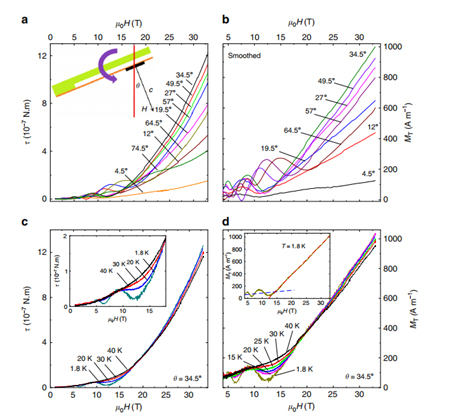
Detecting the spectroscopic signatures of relativistic quasiparticles in emergent topological materials is crucial for searching their potential applications. Magnetometry is a powerful tool for fathoming electrons in solids, by which a clear method for discerning relativistic quasi particles has not yet been established. Adopting the probes of magnetic torque and parallel magnetization for the archetype Weyl semimetal TaAs in strong magnetic field, we observed a quasi-linear field dependent effective transverse magnetization and a non-saturating par allel magnetization when the system enters the quantum limit. Distinct from the saturating magnetic responses for non-relativistic quasiparticles, the non-saturating signals of TaAs in strong field is consistent with our newly developed magnetization calculation for a Weyl fermion system in an arbitrary angle. Our results establish a high-field thermodynamic method for detecting the magnetic response of relativistic quasiparticles in topological materials.Nat. Commun. 10, 1028 (2019). PDF Download